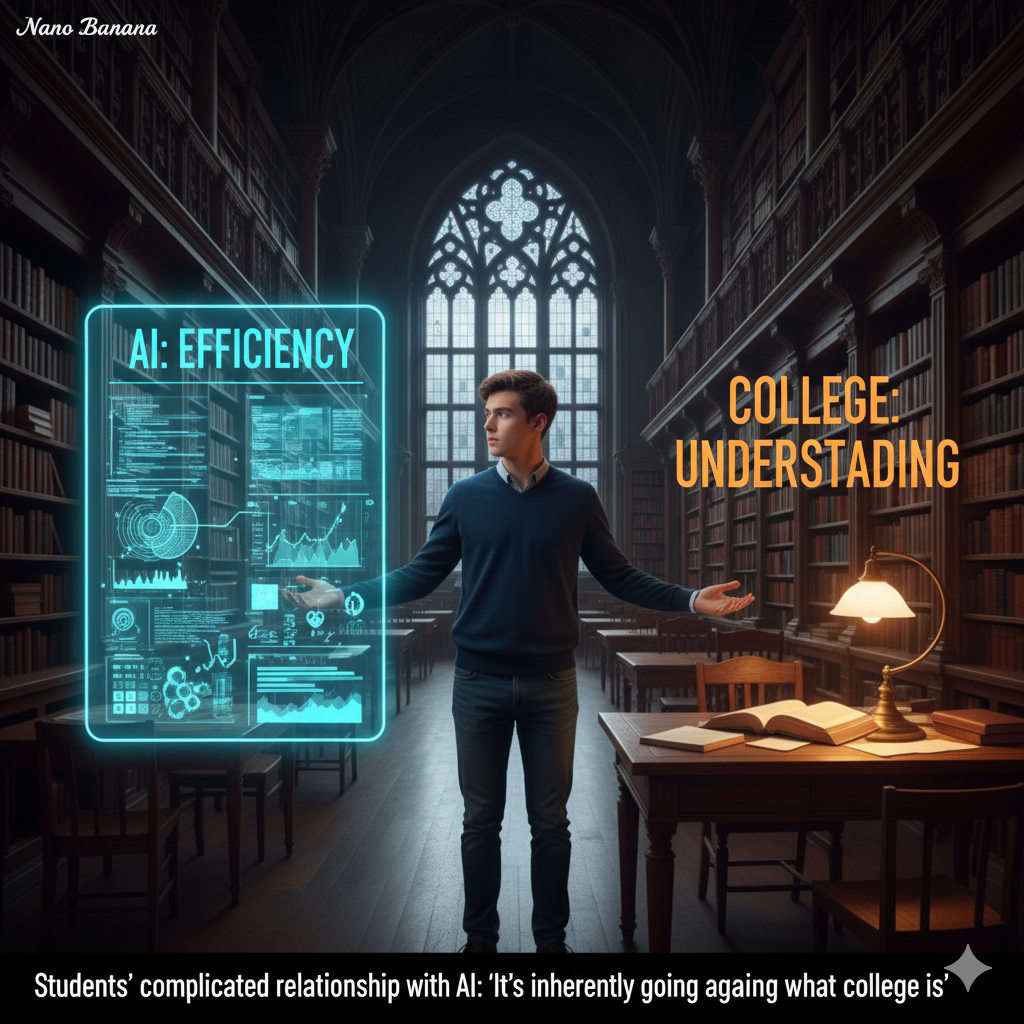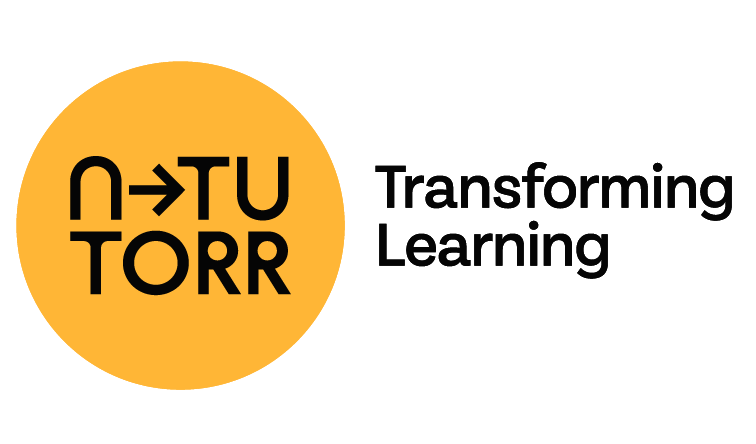Source
Associate Professor Mark A. Bassett
Summary
This report critically examines the use of AI text detectors in higher education, questioning their accuracy, fairness, and ethical implications. While institutions often adopt detectors as a visible response to concerns about generative AI in student work, the paper highlights that their statistical metrics (e.g., false positive/negative rates) are largely meaningless in real-world educational contexts. Human- and AI-written text cannot be reliably distinguished, making detector outputs unreliable as evidence. Moreover, reliance on detectors risks reinforcing inequities: students with access to premium AI tools are less likely to be flagged, while others face disproportionate scrutiny.
Bassett argues that AI detectors compromise fairness and transparency in academic integrity processes. Comparisons to metal detectors, smoke alarms, or door locks are dismissed as misleading, since those tools measure objective, physical phenomena with regulated standards, unlike the probabilistic guesswork of AI detectors. The report stresses that detector outputs shift the burden of proof unfairly onto students, often pressuring them into confessions or penalising them based on arbitrary markers like writing style or speed. Instead of doubling down on flawed tools, the focus should be on redesigning assessments, clarifying expectations, and upholding procedural fairness.
Key Points
- AI detectors appear effective but offer no reliable standard of evidence.
- Accuracy metrics (TPR, FPR, etc.) are meaningless in practice outside controlled tests.
- Detectors unfairly target students without addressing systemic integrity issues.
- Reliance risks inequity: affluent or tech-savvy students can evade detection more easily.
- Using multiple detectors or comparing student work to AI outputs reinforces bias, not evidence.
- Analogies to locks, smoke alarms, or metal detectors are misleading and invalid.
- Procedural fairness demands that institutions—not students—carry the burden of proof.
- False positives have serious consequences for students, unlike benign fire alarm errors.
- Deterrence through fear undermines trust and shifts education toward surveillance.
- Real solutions lie in redesigning assessment practices, not deploying flawed detection tools.
Conclusion
AI detectors are unreliable, unregulated, and ethically problematic as tools for ensuring academic integrity. Rather than treating detector outputs as evidence, institutions should prioritise fairness, transparency, and assessment redesign. Ensuring that students learn and are evaluated equitably requires moving beyond technological quick fixes toward principled, values-based approaches.
Keywords
URL
https://drmarkbassett.com/assets/AI_Detectors_in_education.pdf
Summary generated by ChatGPT 5


